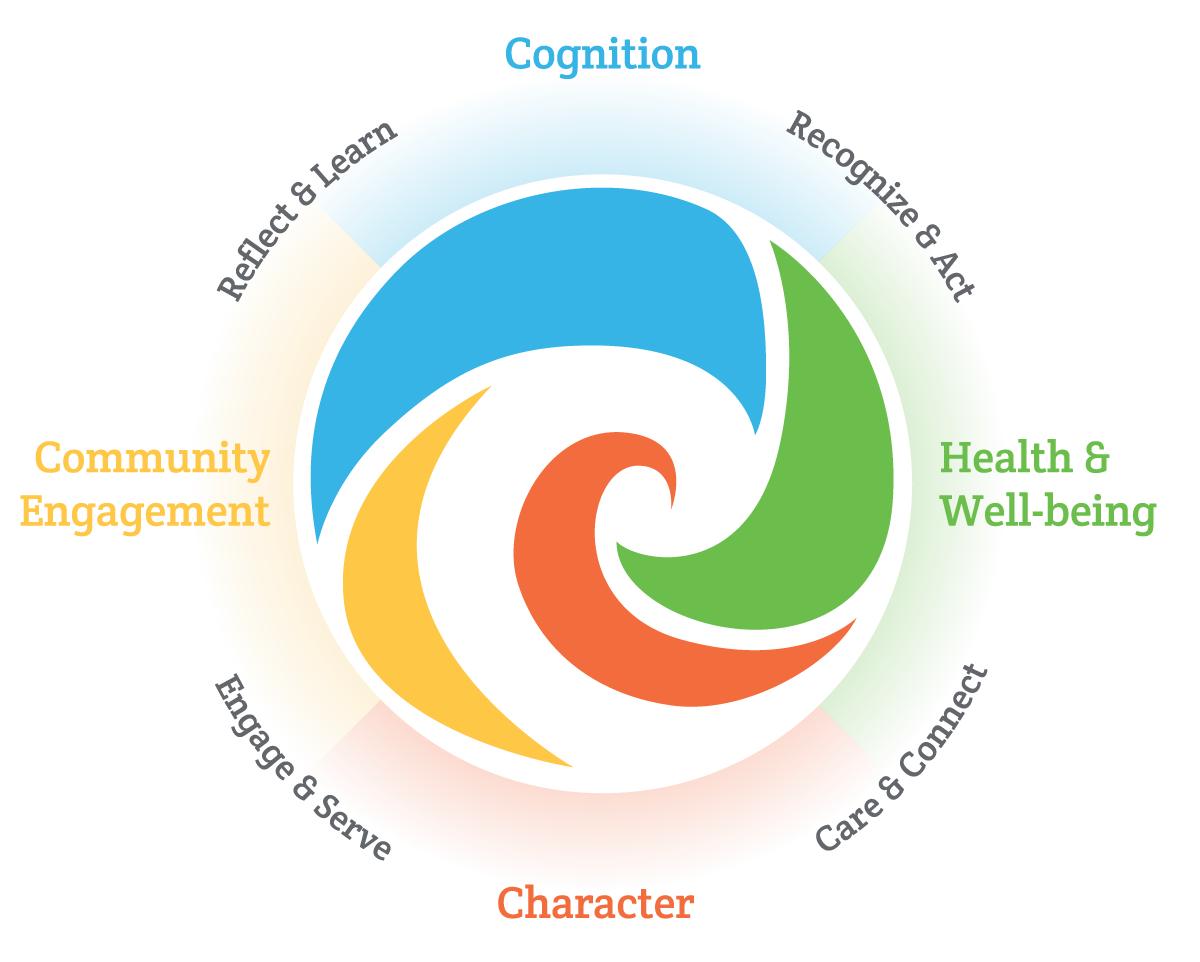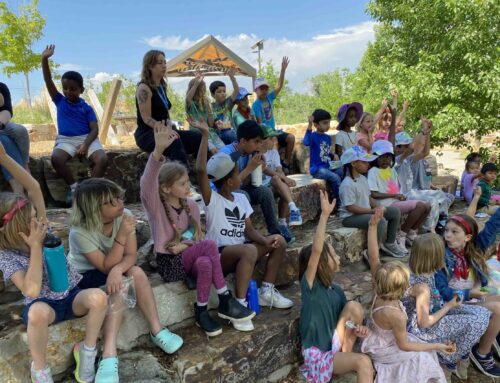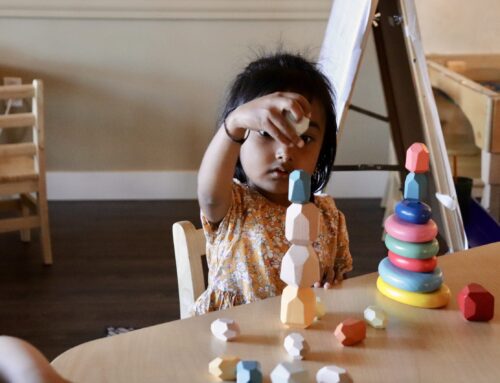Hello everyone!
I hope you are enjoying the mid-summer heat. We have had a busy week, finally getting to move into our temporary space and set up our classrooms. I hope you had a chance to read the newsletter and see the picture of some of our team – it was great to have so much help setting up!
Our faculty will be here in a little over a week, and we have an intensive on-boarding process that includes a lot of team-building, bonding, exploration of curriculum, and, of course, all of the nitty-gritty logistics involved. I can’t wait to get going with them, and I really can’t wait for our students to arrive.
As you know, the Compositive philosophy focuses on educating the whole child. But what does that actually mean? Many schools purport to believe in a whole-child education, but are they really walking their talk?

The Association for Supervision and Curriculum Development (ASCD), defines a whole child approach as “policies, practices, and relationships that ensure each child, in each school, in each community, is healthy, safe, engaged, supported, and challenged.” 1 This is a pretty open-ended definition that allows a lot of room for interpretation. The idea, though, is that an education that focuses only on academic achievement ignores an enormous part of who we are, and so the whole child approach seeks to recognize the value of developing skills not only in academic areas but also in things such as kindness, grit, community engagement, and healthy lifestyle. The list could go on and on.
Most schools today do understand the importance of educating students beyond core academics, but if you look more closely at what they’re doing, you’ll see that this understanding doesn’t always translate into action. Sure, they’ve probably added a PE class and maybe even some nutrition education. Or they may be training teachers to implement a social emotional learning (often called SEL) curriculum. These are all important efforts that will help our schools move forward. But they are still feeling pressure to teach to a test and feel judged (and often are judged) based solely on test results and school placement, so it’s hard for them to move beyond superficial ways to bring in whole child education. Simply adding in lessons on character and health, while being better than nothing, doesn’t adequately address the need for developing these other areas. Unless there is a shift in perception of what success looks like, it will be difficult for schools and teachers to truly change what they do in the classroom.
I read a great article about educators’ perceptions of whole child education and how the varying perceptions affect how educators teach and what kind of support they need from their administration. Some educators viewed the approach as a way to address all types of learners, while others focused more on the importance of creating an environment in which students could thrive. These are not mutually exclusive, but these different ideas may affect what educators view as most important.
To me, a whole child approach is all of these things. We begin with creating an environment in which students feel loved and supported, and we place in that environment multiple different materials that will engage them and push them to think critically and creatively. This last week at Compositive Primary, we’ve set up physical spaces to invite students to explore and inquire. When our teachers come, we will spend a great deal of time exploring the best way to create nurturing environments so our students feel cared for and therefore safe to take risks and experiment with their learning. Connection between teachers and students is crucial in creating a space for real learning to happen.
The next step is the curriculum – integrated into all that we do is the idea of educating the whole child. We don’t just teach reading, we teach critical reading and thinking. We don’t ask students to memorize math facts without knowing what they mean, we invite them to explore big math questions and learn skills through this exploration. We don’t just encourage learning about history, we ask students to be historians, to actively research, ask questions, and learn how they can make history themselves.
We have a wonderful opportunity in starting a school from the beginning because we are able to integrate a whole child approach into all that we do. We believe strongly that success comes in many shapes and sizes and has to do with so much more than academic achievement. As our mission states, Compositive students will lead lives of personal excellence, and this looks different for each and every child. We can’t wait to begin!
Take care,
Heather, Head of School
To read the article mentioned above, click here.
1. “A Whole Child Approach to Education and the Common Core State Standards Initiative.” ASCD. <http://www.ascd.org/ASCD/pdf/siteASCD/policy/CCSS-and-Whole-Child-one-pager.pdf>↩







